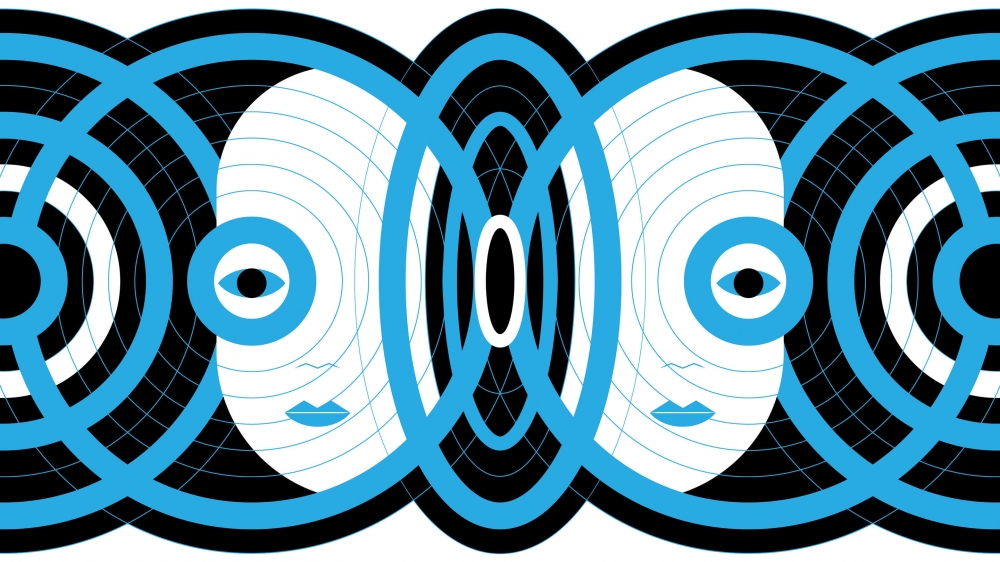Black Hole Echoes Would Reveal Break With Einstein’s Theory

March 22, 2018
Sabine Hossenfelder
We all dream the same dream, here in theoretical physics. We dream of the day when one of our equations will be plotted against data and fit spot on. It’s rare for this dream to come true. Even if it does, some don’t live to see it.
Take, for example, Albert Einstein, who passed away in 1955, 60 years before his equations’ most stunning consequence was confirmed: Space-time has periodic ripples — gravitational waves — that can carry energy across billions of light-years.
Since that September 2015 black hole collision, the Laser Interferometer Gravitational-Wave Observatory (LIGO) team has reported five more events (a sixth fell just short of the standard of significance). But the LIGO data is still virgin territory. It is an entirely new way of decoding the universe, and physicists must develop methods of data analysis along with the measurements.
See full text